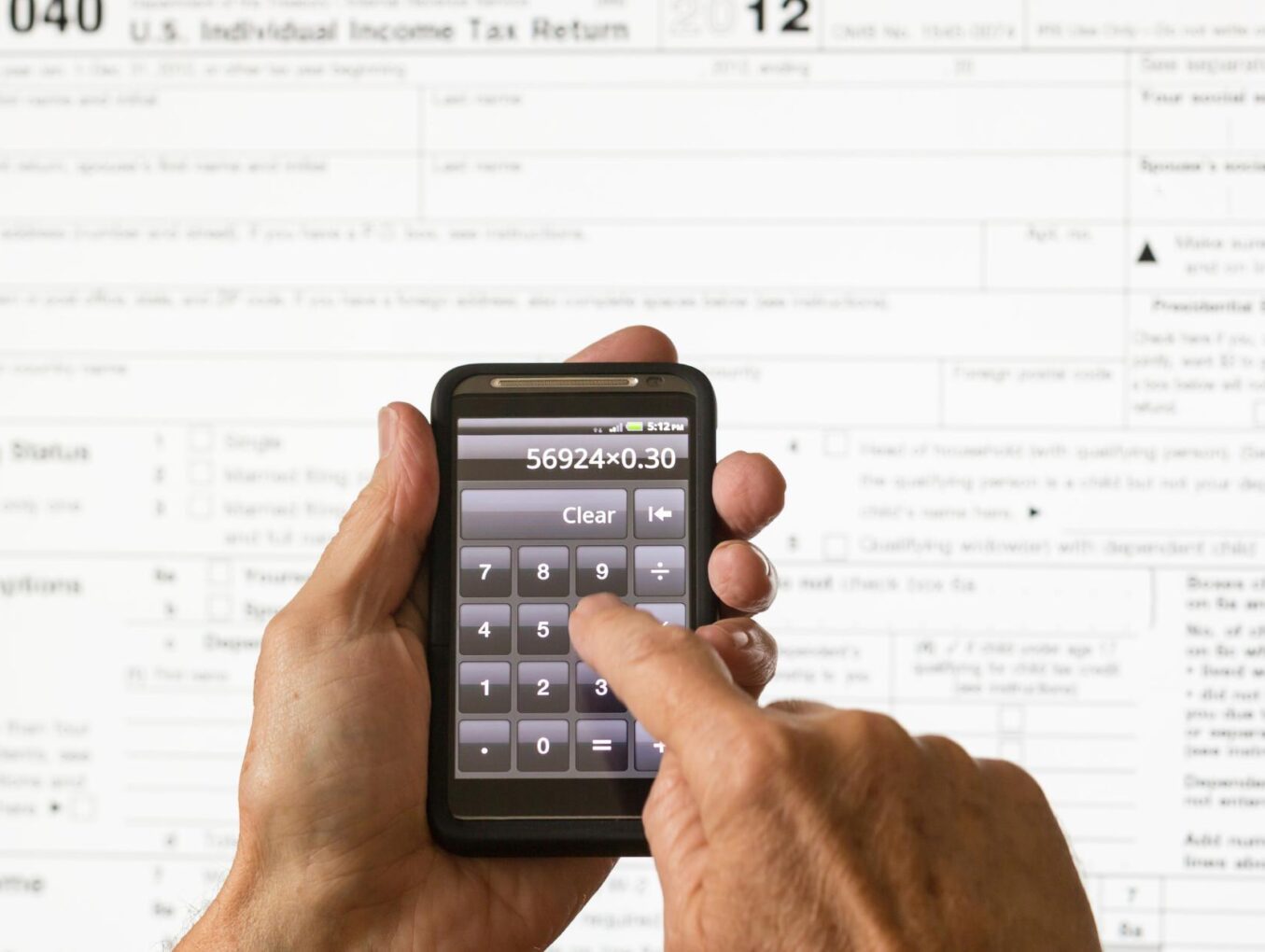Traditionally, when filing a federal income tax return, taxpayers can either take the standard deduction or choose to itemize deductions. However, 2017 tax changes reduced the number of taxpayers who choose to itemize deductions to lower their taxes.
Fortunately, there are a few “above-the-line” tax deductions that can help reduce your taxable income whether you choose to itemize or not.
Tax deductions that you can use to lower your taxes without having to itemize.
Alimony Payments (Divorced before 2019)
If you finalized your divorce before January 1, 2019, and are still making alimony payments, your payment is considered an above-the-line deduction, meaning you do not have to pay taxes on them. The recipient, on the other hand, is required to report the alimony received as taxable income.
Business Expenses
Typically, employees are required to itemize their business expenses on Schedule A. However, some workers, such as performing artists and certain government officials, can take above-the-line deductions for various expenses.
Since this category varies a lot, it is advisable to consult with a tax professional before claiming a business expense deduction.
Early Withdrawal Penalties
If you made an early withdrawal on an investment, like a bank CD, you were probably hit with a penalty for taking the money early. You can deduct the full amount of the early withdrawal penalty on Form 1040 to reduce your taxes.
Unreimbursed Educator Expenses
Starting with 2022 tax returns, educators, including teachers, counselors, and principals who have not been reimbursed for purchasing education materials, can deduct up to $300. If your spouse is also an educator and you are filing jointly, the educator expense deduction limit increases to $600.
Eligible education material expenses include items like books, supplies, computer equipment, and software licensing or services, as well as other teaching materials that you had to buy during the tax year for courses and classroom use.
Health Savings Account (HSA)
If you funded your HSA using post-tax dollars, you can claim deductions of up to $7,300 for families and $3,650 for individuals for the current tax year. Additionally, if you are 55 or older at any point during the year, you can make an additional contribution of $1,000 and deduct it as well.
To claim these deductions, you must include Form 8889, titled “Health Savings Accounts (HSAs),” with your tax return. However, if you funded your HSA with pre-tax money, you are not eligible for this deduction.
IRA Retirement Contributions
Individuals filing as single or heads of household with a 401(k) or a similar workplace retirement account can claim the full deduction if their Modified Adjusted Gross Income (MAGI) is less than $68,000.
The deduction gradually decreases and phases out entirely beyond the $78,000 MAGI threshold. Once you reach the age of 72, you become ineligible for the IRA deduction.
Jury Duty Payments
Some tax deductions can be claimed as write-in adjustments without having to itemize. For example, any jury duty pay is considered a write-in adjustment if you give the payment to your employer. This is because your employer still paid your salary while you were performing your jury responsibilities.
Military Moving Expenses
In most cases, when you are serving in the military on active duty and are mandated to relocate, you are eligible to claim an above-the-line deduction for qualified moving expenses. The requirement is that you receive an order to change your permanent duty station.
Self-Employed Health Insurance Premiums
Self-employed business owners can claim the cost of health insurance premiums for themselves, their spouse, and their dependents as an adjustment to their gross income on their personal tax returns.
This deduction is taken on Form 1040 and is considered above-the-line, meaning you can take it even if you do not itemize deductions.
Self-Employed Retirement Contributions
If you are self-employed and contributing to self-directed retirement plans such as SIMPLE IRAs and SEP-IRAs, you can deduct these contributions on your return.
The IRS stipulates that employers are allowed to deduct a maximum of 25% of an employee’s salary or $61,000, whichever amount is lower, for contributions to SEP-IRA accounts. This limit increases to $66,000 in 2023. Additionally, if you are a sole prop or partner, you can deduct your own and matching contributions.
Self-Employment Tax (Employer Portion)
Typically, self-employed business owners are responsible for paying the full 15.3% self-employment tax. To ease this financial burden, the IRS permits self-employed individuals to claim the employer segment of the self-employment tax as an above-the-line deduction.
Student Loan Interest
Provided you meet certain criteria, the IRS permits you to deduct either $2,500 or the actual amount you paid in interest on your student loans, whichever is lower.
A significant restriction is that to qualify for the full deduction, the MAGI should not exceed $70,000 for single filers or $140,000 for joint filers.
There is a gradual reduction in the deduction within a specified income range, which covers incomes up to $85,000 for individuals and $170,000 for joint filers.
Tax laws for above-the-line deductions are complex and the IRS changes them frequently. If you need help to maximize these deductions on your return, you can start online by answering 6 simple questions. You can also call us at 866-568-4593.
6 Simple Questions. Free Evaluation.
Join our Newsletter
Enter your email address to join our free newsletter. Get all the latest news and updates.

